.jpg)
1942 - 2023
Theodore John Kaczynski
Summary
Name:
Nickname:
Unabomber / FCYears Active:
1978 - 1995Birth:
May 22, 1942Status:
DeceasedClass:
Serial KillerVictims:
3Method:
BombingDeath:
June 10, 2023Nationality:
USA.jpg)
1942 - 2023
Theodore John Kaczynski
Summary: Serial Killer
Name:
Theodore John KaczynskiNickname:
Unabomber / FCStatus:
DeceasedVictims:
3Method:
BombingNationality:
USABirth:
May 22, 1942Death:
June 10, 2023Years Active:
1978 - 1995Date Convicted:
January 22, 1998bio
Theodore John Kaczynski was born on May 22, 1942, in Chicago, Illinois. He came from a working-class family. His father, Theodore Richard Kaczynski, worked as a sausage maker. His mother, Wanda Theresa Dombek, was also of Polish descent. The couple had a strong Roman Catholic background but later became atheists. They married on April 11, 1939.
Kaczynski attended Sherman Elementary School from first to fourth grade. His teachers described him as healthy and well-adjusted during this time. In 1952, when he was nine years old, the family moved to Evergreen Park, a suburb of Chicago. He started attending Evergreen Park Central Junior High School there. Kaczynski showed remarkable intelligence and scored an IQ of 167. Because of his high score, he skipped the sixth grade. This change affected him deeply. He previously had friends and a leadership role among his peers. After skipping a grade, he felt out of place, especially as the older kids bullied him.
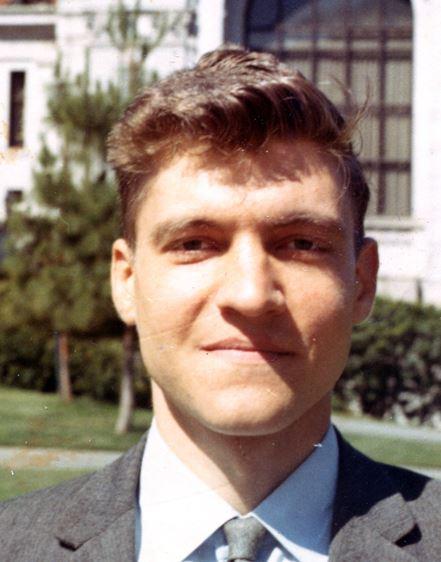
The neighbor's views reflected that the Kaczynski family was dedicated to civic activities. They were seen as parents who sacrificed for their children. Kaczynski and his brother David were both smart. However, Theodore was considered exceptionally bright but also lonely, according to the neighbors.
Kaczynski went on to attend Evergreen Park Community High School, where he excelled academically. He played the trombone in the marching band and was active in various clubs, including mathematics and biology. Former classmates noted that he was regarded more as a "walking brain" than as an individual. During high school, Kaczynski developed a strong interest in mathematics and spent long hours on it. He formed a group of friends interested in science and mathematics, whom they nicknamed the "briefcase boys" due to their habit of carrying briefcases.
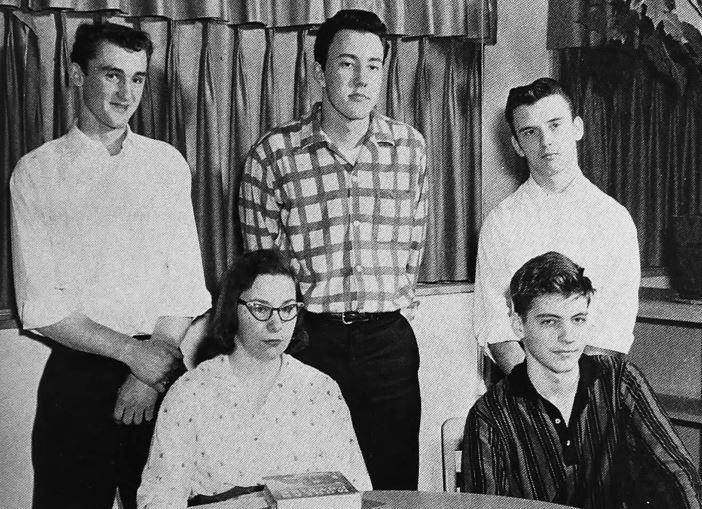
He continued to excel in mathematics and advanced past his peers, skipping the eleventh grade. He graduated high school at the age of 15. Kaczynski received recognition for his academic performance and was a National Merit finalist, which led him to apply to Harvard University. He was accepted at the age of 15 and began attending Harvard on a scholarship in 1958.
At Harvard, Kaczynski lived in a small housing area designed for young, bright students. He spent four years there, where he was described as socially reserved despite his intelligence. Kaczynski earned his Bachelor of Arts degree in mathematics in 1962, finishing with a GPA of 3.12.
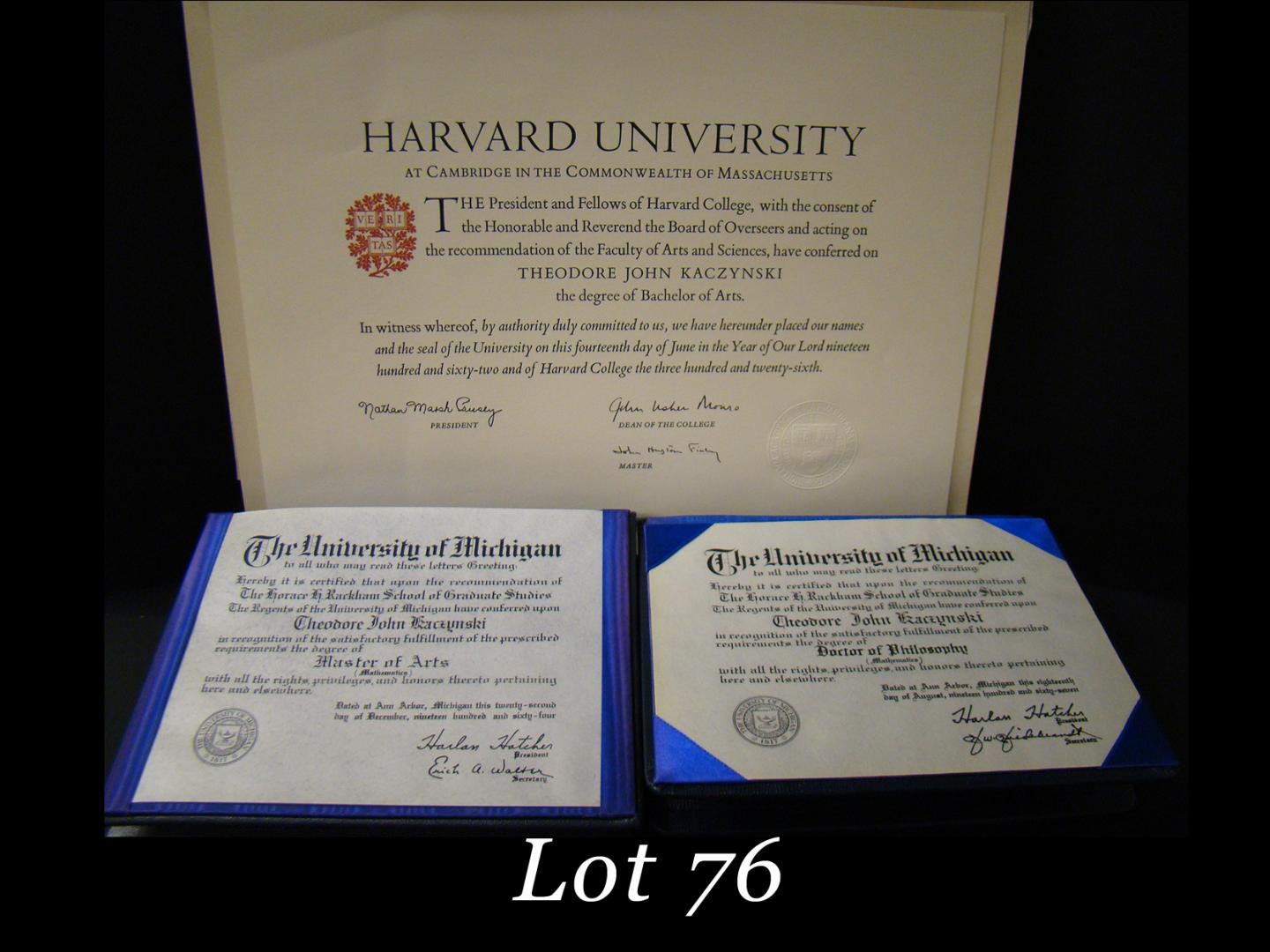
During his second year, Kaczynski participated in a controversial psychological study led by Harvard psychologist Henry Murray, which involved debating personal philosophy and writing essays about personal beliefs. This would later be cited as a significant event in his life, contributing to his feelings of resentment towards mind control.
After graduating from Harvard, Kaczynski continued his education at the University of Michigan. He earned both his master’s and doctoral degrees in mathematics in 1964 and 1967, respectively. His dissertation won the Sumner B. Myers Prize in 1967, recognized as the best mathematics dissertation of the year. Kaczynski was considered a focused and driven student by his professors.
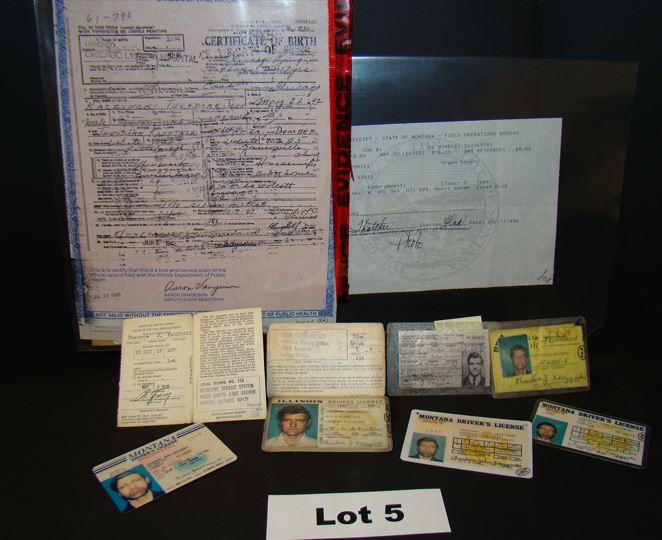
By 1968, he became the youngest acting assistant professor at the University of California, Berkeley, but his tenure there was short-lived. In June 1969, Kaczynski resigned without explanation, returning to his parents' home.
In 1971, Kaczynski moved to a remote cabin he built near Lincoln, Montana, aiming for a simple life without electricity or running water. He desired to be self-sufficient, working odd jobs while receiving financial support from his family. He often visited the local library to read classic literature and embraced a back-to-nature lifestyle.
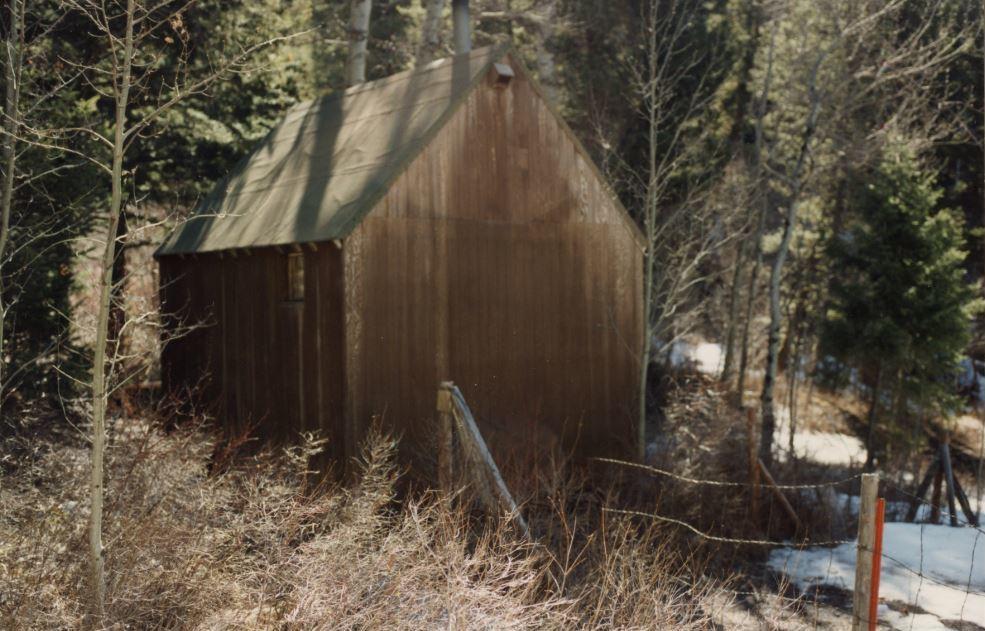
murder story
Between 1978 and 1995, Theodore John Kaczynski, known as the Unabomber, carried out a series of bombings across the United States. He mailed or hand-delivered 16 bombs that killed three people and injured 23 others. Kaczynski's first bomb was sent in May 1978 to Buckley Crist, a professor at Northwestern University. The package exploded when opened by a campus police officer, causing minor injuries. His next bomb, sent in May 1979, injured a graduate student at the same university.
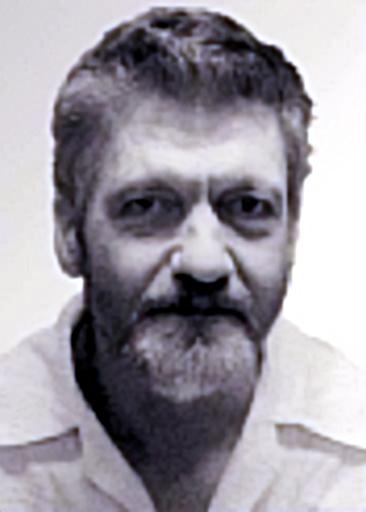
In November 1979, Kaczynski placed a bomb in the cargo hold of American Airlines Flight 444. A faulty mechanism meant it did not explode but released smoke, forcing the plane to make an emergency landing. His next target was Percy Wood, the president of United Airlines, who was seriously injured by a bomb in June 1980.
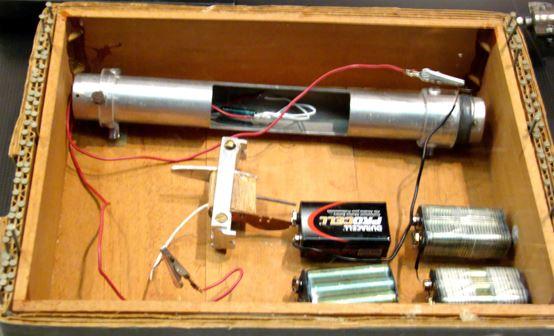
Kaczynski continued his attacks throughout the 1980s, targeting various universities and individuals he deemed connected to technology. In May 1985, a bomb he sent to John Hauser resulted in severe injuries, leading Hauser to lose fingers and vision in one eye. A bomb sent in November 1985 injured two people at the University of Michigan, and in December of the same year, a bomb killed Hugh Scrutton, the owner of a computer store in Sacramento.
His bombings continued into the 1990s, with notable incidents including bombs that caused serious injuries to Charles Epstein in June 1993 and David Gelernter at Yale University later that month. Kaczynski sent a bomb that killed advertising executive Thomas J. Mosser in December 1994 and then a fatal bomb to Gilbert Brent Murray in April 1995.
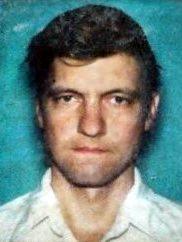
Kaczynski's methodical approach included purposely misleading clues in the bombs and meticulous preparation to avoid leaving fingerprints. Many of the devices he created contained the initials "FC," which stood for "Freedom Club," a name he later claimed to have used in his correspondence. The FBI struggled for years to identify him, leading to one of the most extensive investigations in the agency's history.
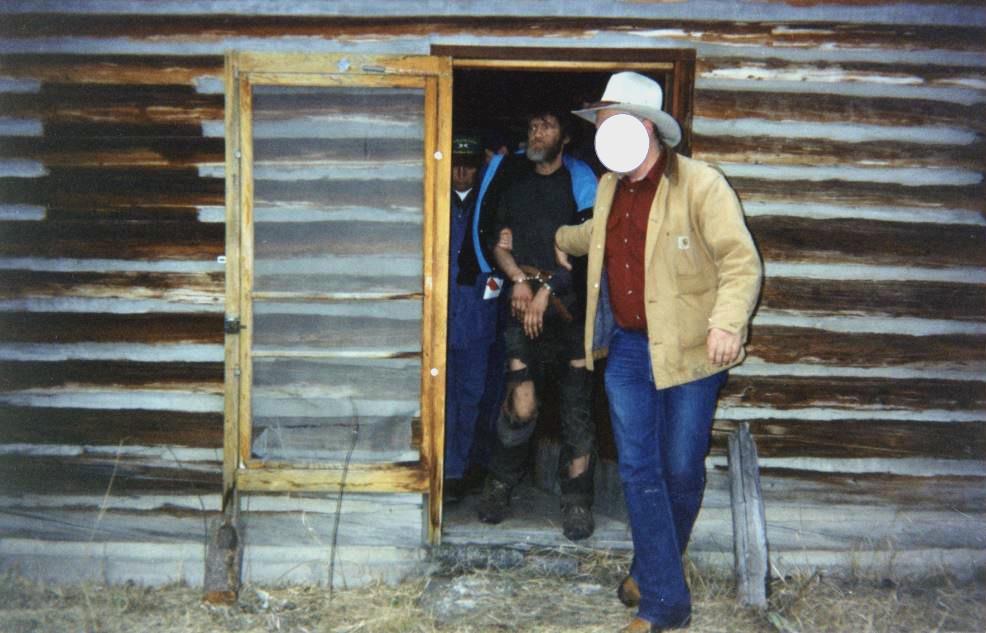
Kaczynski ultimately demanded that his manifesto, "Industrial Society and Its Future," be published, stating he would cease his bombings if it was printed. Following the publication of his manifesto in September 1995, his brother recognized the writing style and reported his suspicions to the FBI. Kaczynski was arrested on April 3, 1996, at his remote cabin in Montana, where authorities discovered bomb-making materials and extensive writings related to his attacks.
He was indicted on ten counts related to the transportation and use of bombs and three counts of murder. Kaczynski pleaded guilty in January 1998 and was sentenced to life imprisonment without the possibility of parole. He lived out the remainder of his life in prison until his death by suicide in June 2023.